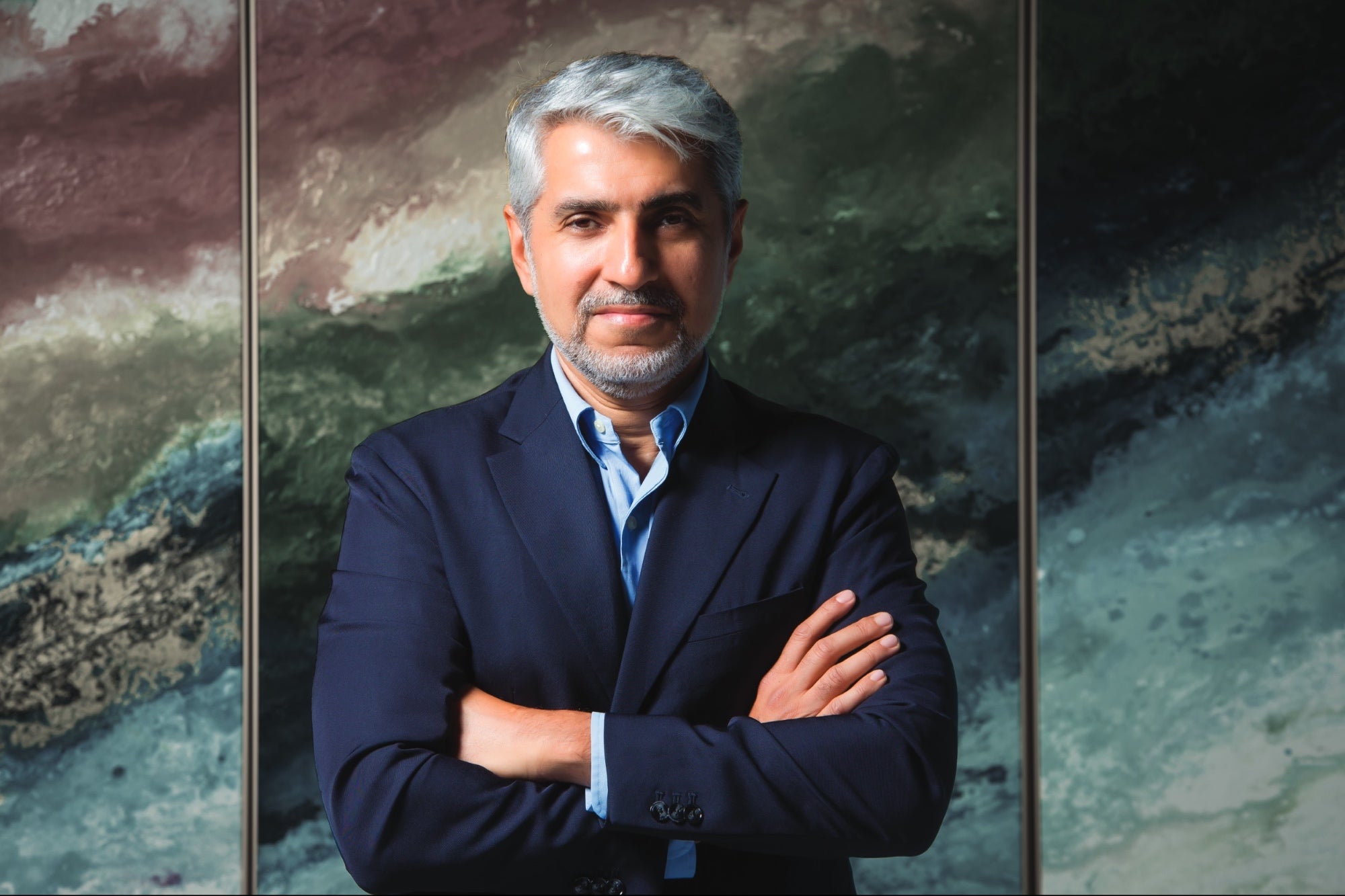Rebuilding Brand Trust in a Distracted Economy MENA consumers are more likely to trust a brand that says less but says it with precision than one that shouts constantly with aesthetic polish.
Opinions expressed by Entrepreneur contributors are their own.
You're reading Entrepreneur Middle East, an international franchise of Entrepreneur Media.

Trust has always been the invisible currency of brands. But in today's hyper-fragmented, stimulus-saturated economy, that currency is rapidly devaluing. Consumers don't distrust brands because of scandals or failures—they distrust because of overexposure.
The economic model of attention has been replaced by a culture of noise. And brands, especially those in competitive, growth-focused environments, are contributing to the very distrust they're trying to overcome.
Marketing today operates in a landscape of anxiety. Algorithms push visibility over value. Metrics reward virality over relevance. And brands—eager to stay in the conversation—often default to constant output instead of meaningful dialogue. The systemic flaw? We are measuring reach while eroding relationship.
The problem isn't that audiences are ignoring messages. It's that they've been trained to treat most brand messages as white noise. For many agencies and startups in the MENA region, this challenge is magnified: brands are racing to build authority in economies where digital transformation is still accelerating, but audiences have already become digitally fatigued.
To rebuild trust in the current climate, brands must resist the temptation to chase visibility and instead focus on what we call The Trust Recalibration Model:
1. Relevance Before Reach
Before asking how many people saw a message, ask how deeply the right people engaged with it. Micro-audiences, if thoughtfully designed, often carry more long-term value than broad segments. Trust starts small.
2. Narrative Unity Across Time
Instead of changing themes monthly or reacting to trends, construct a long-term brand narrative that acts as a spine. Think in "chapters" of value delivery—not sporadic moments of attention.
3. Predictable Integrity
Audiences trust what they can predict. This doesn't mean being boring; it means aligning what you say, how you say it, and how consistently you show up—across every touchpoint.
4. Proactive Transparency
Don't wait for customers to ask. Build transparency into your messaging systems—from product sourcing to pricing models to internal processes. Trust thrives in sunlight.
One regional lifestyle brand working across Bahrain and the UAE noticed a sudden drop in email open rates despite doubling its CRM database. Their team assumed the issue was creative fatigue. But after segmenting audiences based on emotional behavior, they found that their highest-spending customers had begun to ignore brand emails because the message tone had shifted—from human, to overly polished.
A simple recalibration—replacing templated content with personalized updates from the founder, grounded in actual brand decisions—restored engagement within six weeks. But more importantly, repeat purchases spiked, not because the offer changed, but because trust was restored.
In another case, a SaaS startup serving legal and financial professionals in the MENA region experienced stagnant growth despite increasing ad spend. Their landing pages were optimized, their funnels tested, but conversion stalled. What finally broke through wasn't an A/B test. It was the decision to replace third-party testimonials with internal decision logs—sharing why the product evolved the way it did, and what trade-offs were made. For a professional audience, this was the signal of trust they'd been missing.
MENA audiences are not "emerging." They're evolving. Across markets like Saudi Arabia, Qatar, Egypt, and the UAE, digital fluency has outpaced legacy brand-building. Consumers know what noise looks like. They are more likely to trust a brand that says less but says it with precision than one that shouts constantly with aesthetic polish.
Trust, in this regional context, is built not only on what is said—but what is omitted. Silence, when strategically placed, becomes a signal of confidence. And this contrasts directly with how many global brand playbooks operate.
The age of performance marketing has taught us to overvalue reaction. But reaction is not the same as relationship. In a distracted economy, trust is built slowly, then protected aggressively. It's built not on frequency, but on structural coherence—a brand that doesn't just show up, but shows up the same way every time, even when the campaign is over.
The brands that will thrive post-2025 won't be the loudest. They'll be the clearest, the most consistent, and the ones audiences return to because they feel grounded. In the storm of digital distraction, trust is the lighthouse.










